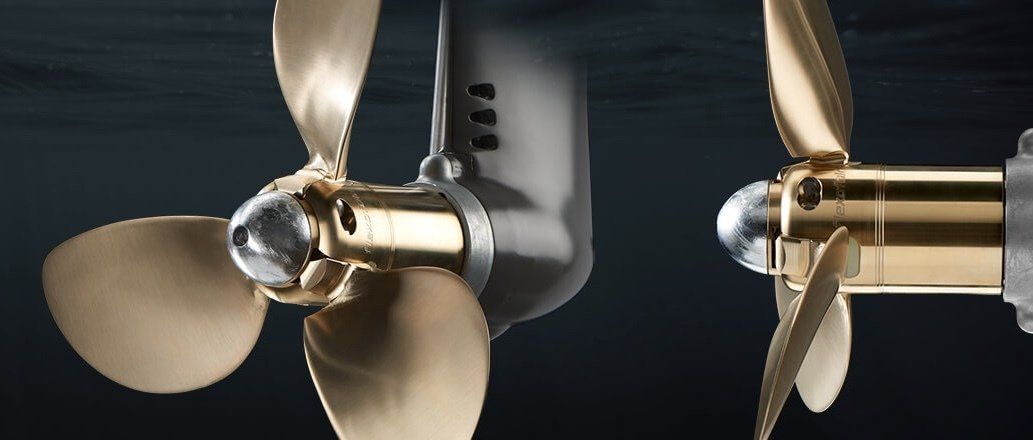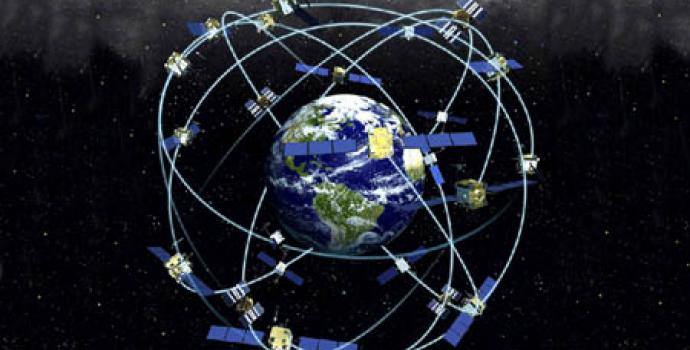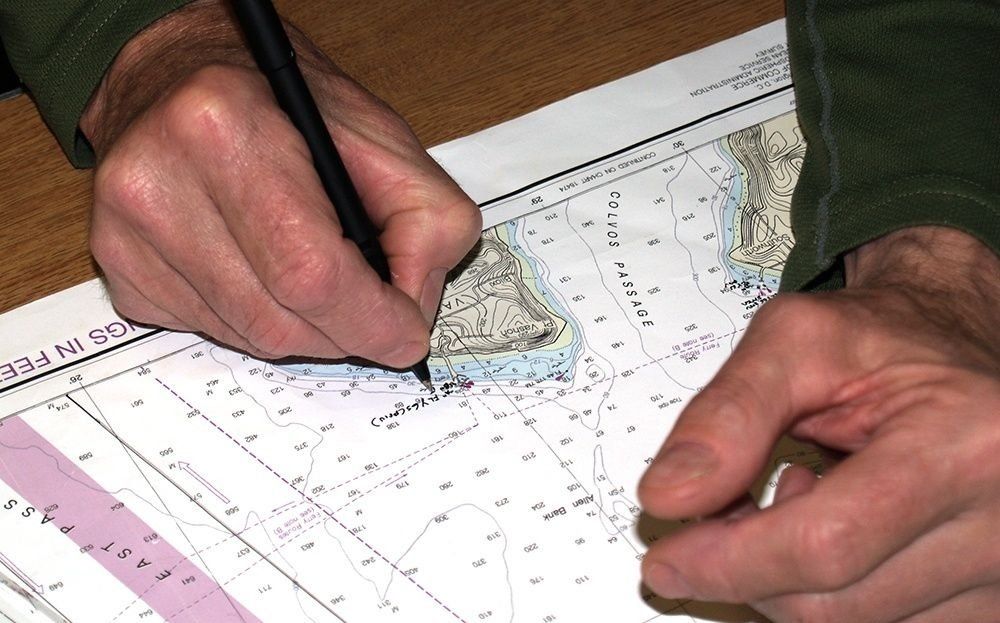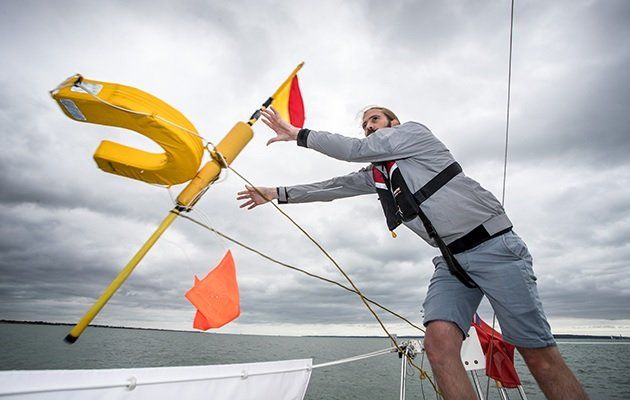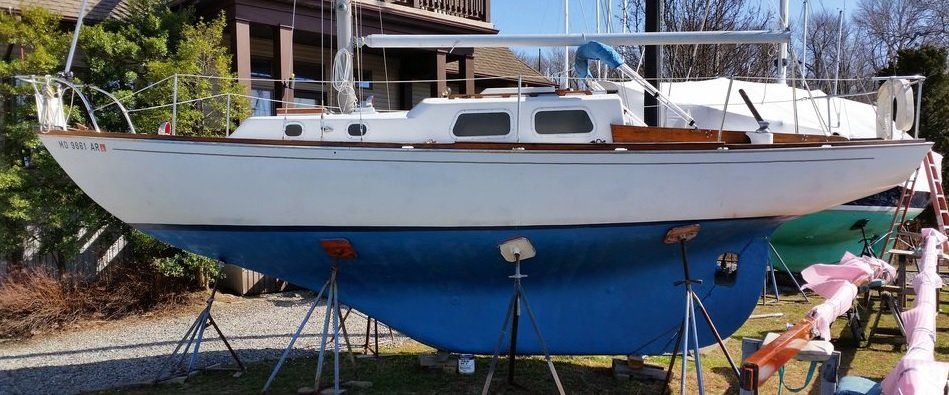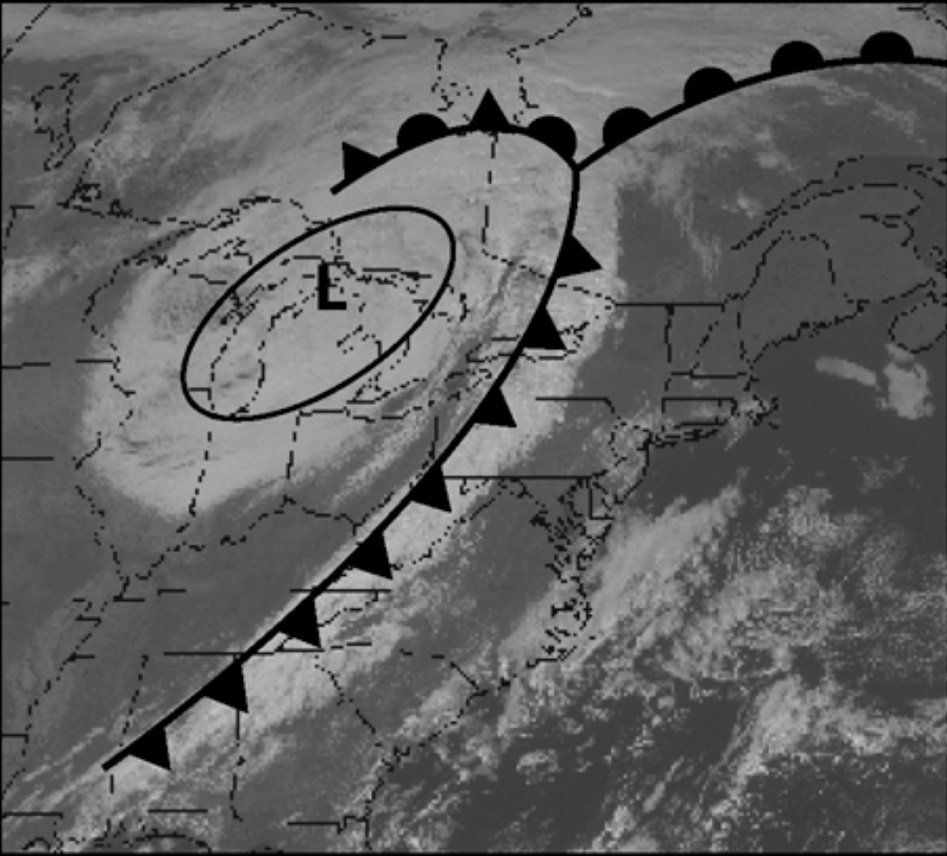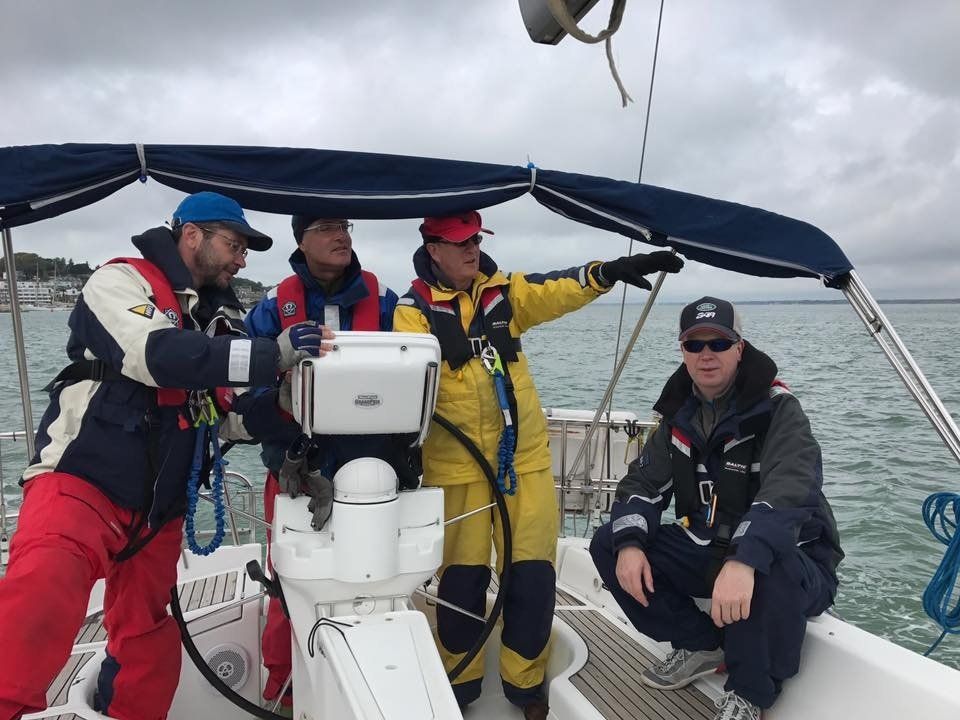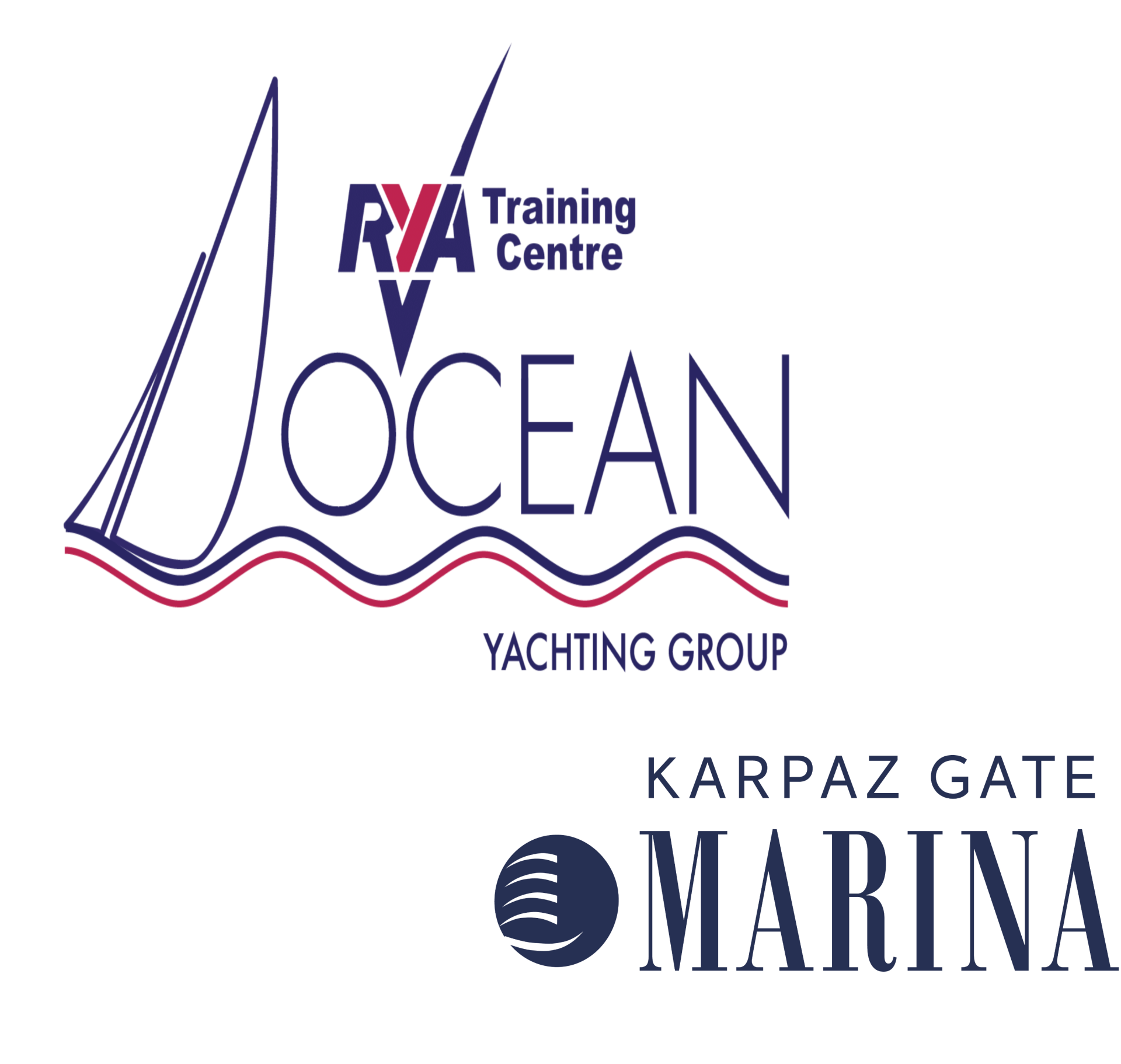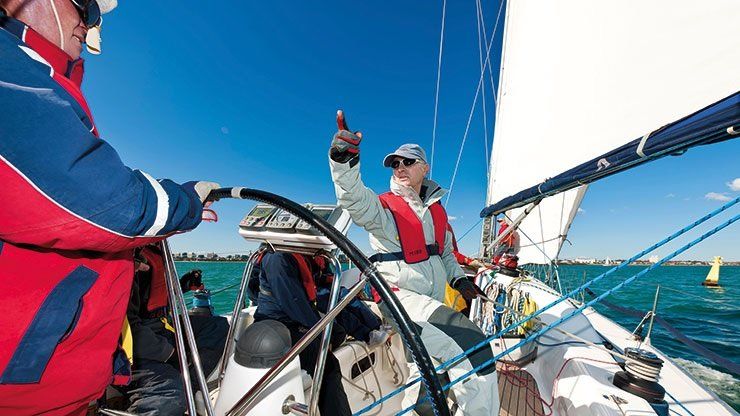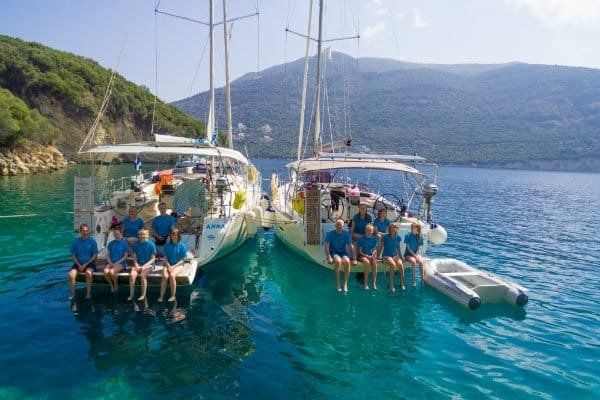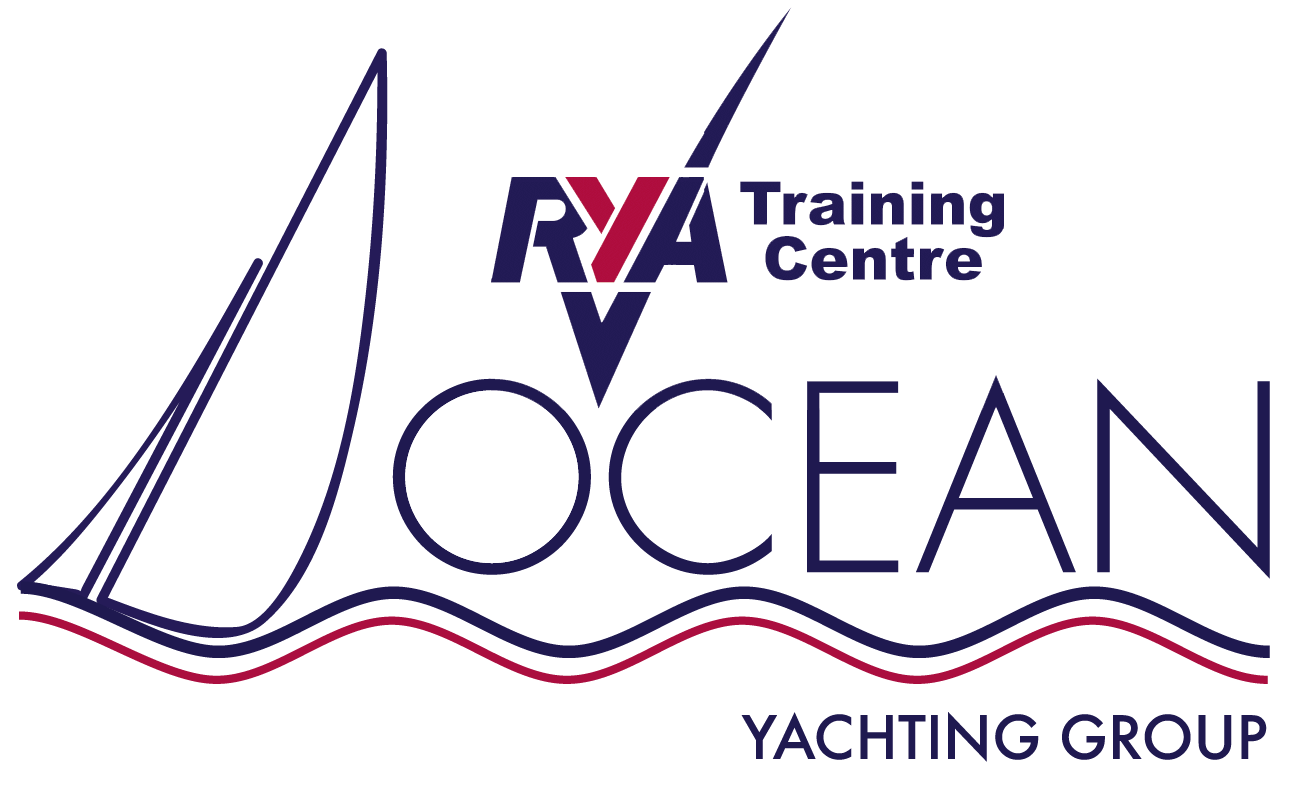מדוע הרוחות חזקות יותר בשקע מברמה
מדוע בשקע הרוחות חזקות מאשר ברמה
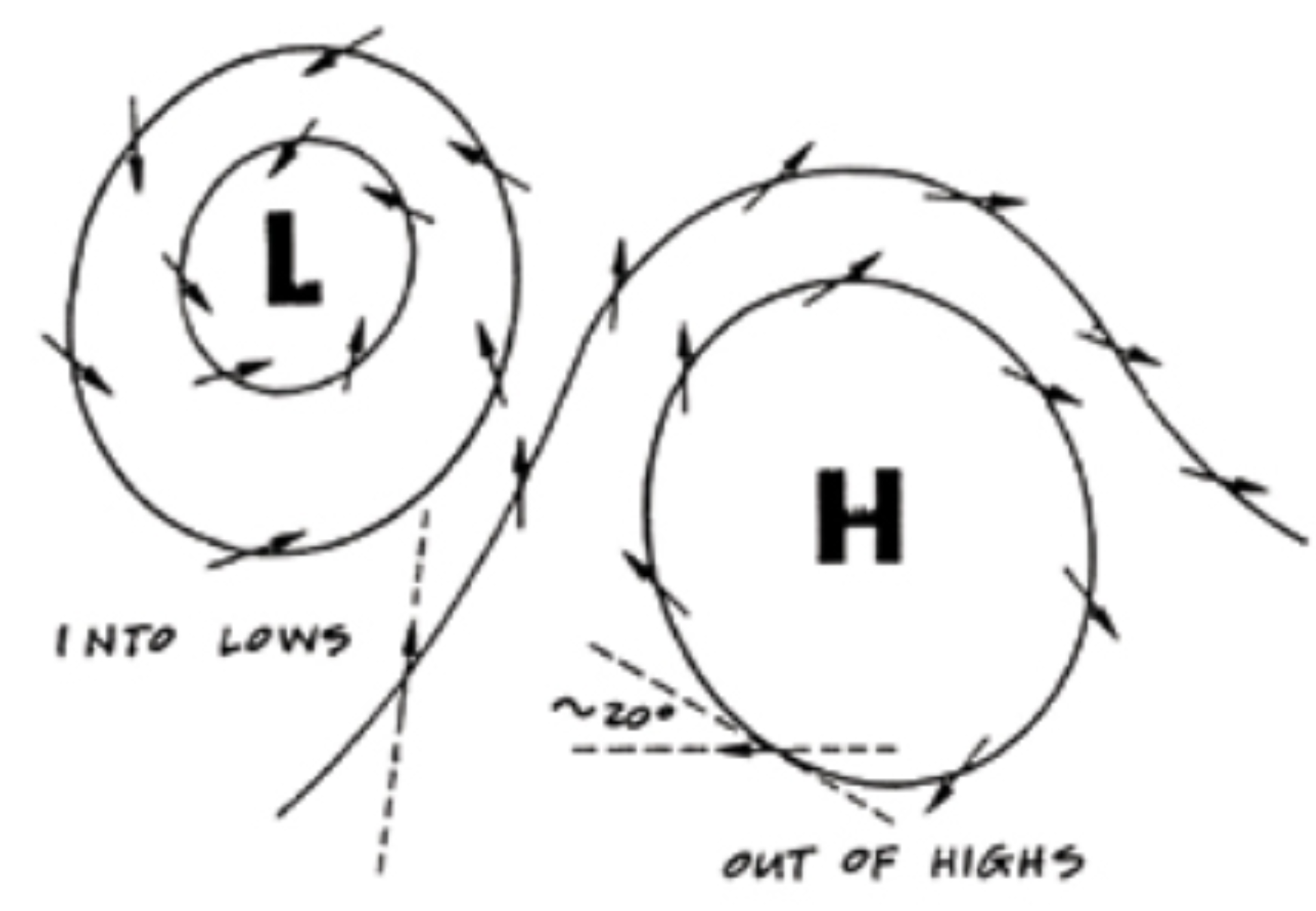
כוח קוריוליס נוצר כתוצאה ממהירות הסיבוב של כדור הארץ וגורם לגוף או מסה לנוע אל מחוץ למסלול התנועה, וקטן בעצמתו ככל שמתרחקים מהקטבים.
הכוח הצנטריפטלי גורם לגוף או מסה לנוע במסלול מעגלי לכיוון המרכז.
למונח איזון כוחות " Balanced Forces" יש משמעות מיוחדת כאשר מדובר בתנועה מעגלית. בכדי שתיוצר תנוע מעגלית הכוח הפנימי או הכוח הדוחף כלפי פנים "Center Seeking Force" חייב להיות גדול באופן משמעותי מהכוח שדוחף כלפי חוץ בכדי שתוכל להיווצר תנועה מעגלית.
בכל תנועה מעגלית הכוח הדוחף כלפי חוץ "Net Center Seeking Force" ניקרא גם הכוח הצנטריפטלי והוא תמיד שווה:- לכוח הדוחף כלפי פנים - הכוח הדוחף כלפי חוץ.
ברמה:-
הכוח הצנטריפטלי = לכוח קוריוליס (Coriolis Force) - שיפוע הלחצים האיזובריים (Gradient Force)
אם מבצעים שינוי נושא נוסחה מקבלים את הביטוי הבא עבור שיפוע הלחצים האיזובריים (Gradient Force)
שיפוע הלחצים האיזובריים (Gradient Force)= כוח קוריוליס - הכוח הצנטריפטלי
או במילים אחרות שיפוע הלחצים האיזוברים (Gradient Force)= לכוח הדוחף כלפי חוץ - הכוח הדוחף כלפי פנים
כאשר אנו מסתכלים מקרום על הכוחות הפועלים בשקע אנו מבחינים כי שיפוע הלחצים האיזובריים (Gradient Force) הוא הכוח שדוחף פנימה "Inward" נידחף לכיוון מרכז השקע כי הלחץ הנמוך ביותר ממוקם במרכז השקע והכוח שדוחף כלפי חוץ הוא כוח קוריוליס "Outward" .
או במילים אחרות בשקע:- הכוח הצנטריפטלי = שיפוע הלחצים האיזובריים (Gradient Force) - כוח קוריוליס(Coriolis) Force),
אם מבצעים שינוי נושא נוסחה מקבלים את הביטוי הבא עבור:-
שיפוע הלחצים האיזוברים (Gradient Force)= כוח קוריוליס(Coriolis Force) + כוח צנטריפטלי
או במילים אחרות שיפוע הלחצים האיזובריים (Gradient Force)= לכוח הדוחף כלפי חוץ + הכוח הדוחף כלפי פנים
כפי שאנו רואים ברמה הכוחות הדוחפים פנימה והחוצה פועלים אחד נגד השני ואילו בשקע הכוחות הדוחפים פנימה והחוצה פועלים באותו כיוון.
הבחנה זו היא חשובה מכיוון שהכוחות המשפיעים על התנועה של מסות האוויר ברמה ובשקע משתנים/לא שווים בעצמתם, כאשר כוח קוריוליס מתחזק ביחס ישיר לעוצמת הרוח אך הכוח הצנטריפטלי הנדרש לשם תנועה מעגלית מתחזק לפי שורש רבועי של מהירות הרוח.
או במילים פשוטות רוחות קלות מסוגלות להסתובב בתנועה מעגלית ברמה בגלל שהכוח הצנטריפטלי הנדרש לתנועה מעגלית ברמה/שקע גדל מהר יותר מאשר כוח קוריוליס כך שלכוח קוריוליס הדוחף את הרוח כלפי חוץ יש פחות השפעה מהכוח הנובע משיפוע האיזוברים ודוחף את הרוח כלפי פנים כך שלא יכולות להיווצר רמות תלולות ומכך ברמה לא יכולות להיווצר רוחות חזקות מאד, והנטייה הטבעית של רמה היא להתמתן.
מצד שני שקעים הם בדיוק ההפך מרמות בשקע שני הכוחות פועלים באותו הכיוון כך שככל שהרוח חזקה יותר שיפוע הלחצים האיזובריים (Gradient Force) נעשה תלול יותר משמע רוח חזקה יותר.
כאשר מדובר בשקעים טרופיים מיד כאשר מתחילה הרוח את תנועתה המעגלית היא הולכת ומתחזקת.
ברגע ששקע טרופי נוצר הוא ימשיך ויעמיק/יתחזק עד לרגע שתגמר לו האנרגיה, אנרגיה של שקע טרופי בנויה מאויר חם ולך מעל הימות הגדולות(אוקיינוסים) האנרגיה של השקע תגמר ברגע שהוא עובר מעל יבשה שם האוויר יבש יותר והחיכוך אם הקרקע מעט את מהירות הרוחות באופן משמעותי עד לגוויעתו הסופית.
ככל אצבע ככל שהשקע נע מהר יותר הרוחות בו חזקות יותר, בעונות הקיץ שקעים נעים בדרך ככלל במהירויות של 10-20 קשרים ובעונות החורף הם נעים המהירויות ממוצעות של 20-30 קשרים. בכל עונה שקעים יכולים לעצור את תנועתם שקעים כאלה נקראים שקעים עומדים "stationary Lows" שקעים מסוג זה מהירות הרוח עלולה להגיע למהירויות של 60 קשרים ויותר.
שקעים שנוצרים בקווי רוחב 30-60 מעלות נוטים לנוע בכיוון מזרח מעל האוקיינוסים באזורים הטרופיים נוצרת הפרעה בזרימת האוויר בשקעים והם נוטים לנוע מערבה ההפרעה נוצרת בגלל כוח קוריוליס שהשפעתו קטנה כאשר מתרחקים מהקטבים.
מה שמסביר מדוע הרוחות בשקע חזקות משמעותית מהרוחות ברמה.
